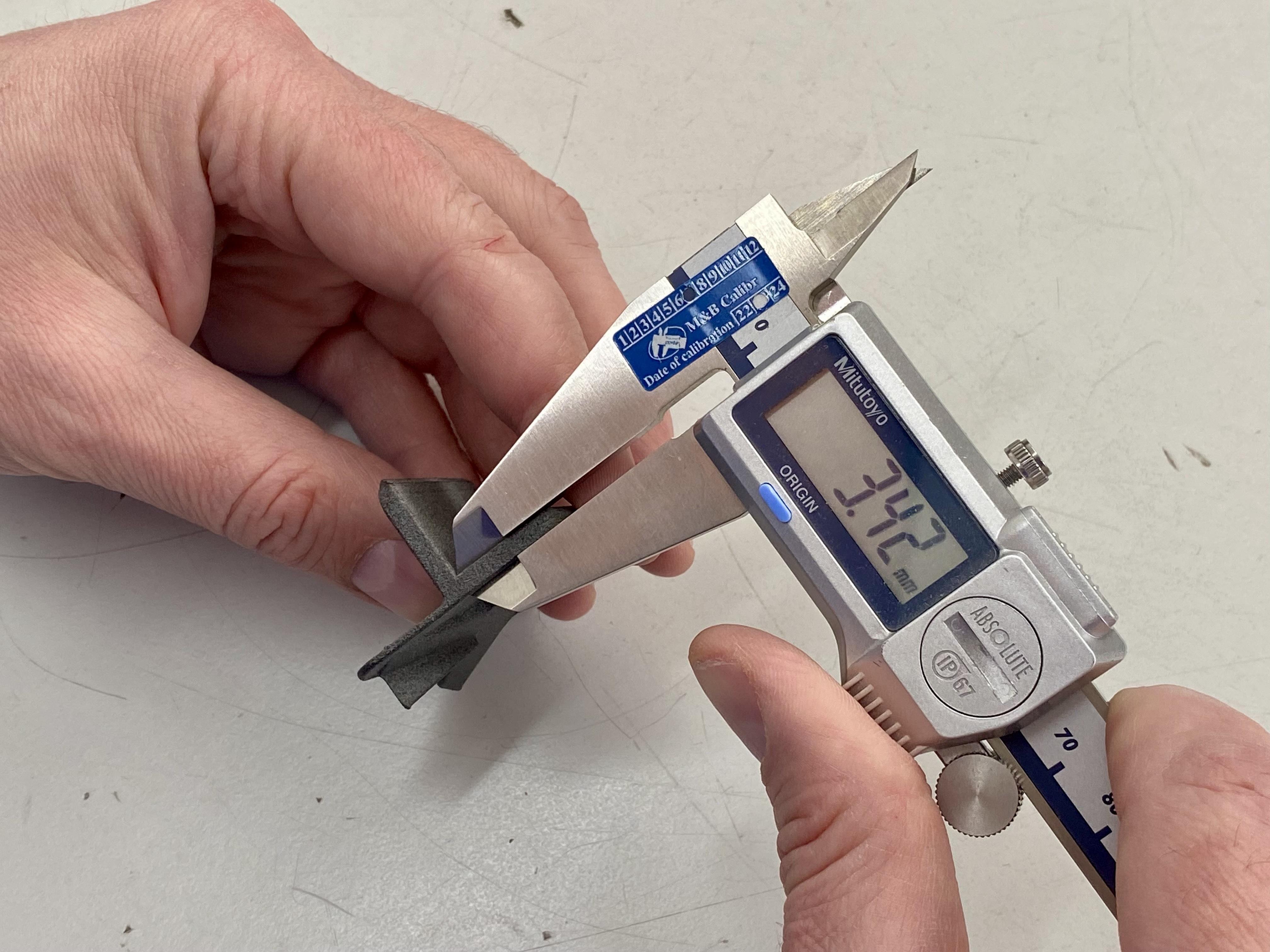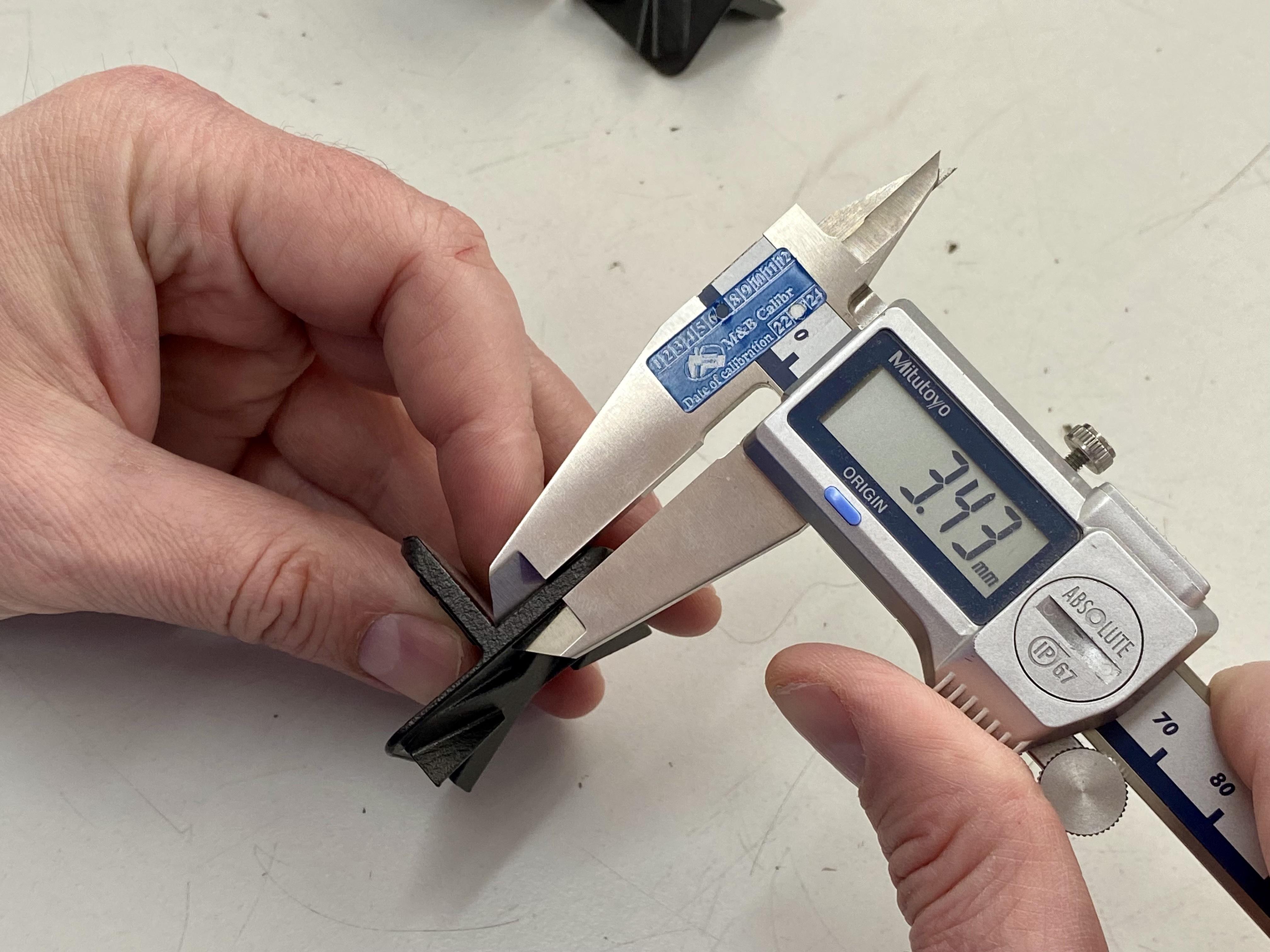How does vapor polishing effect 3D prints' tolerance?
D
Hi everyone,
I’m exploring vapor polishing for PA11 SLS parts. Concerned about how it might affect part tolerance and dimensional accuracy. Does anyone have insights or experiences on the dimensional changes to expect for PA11/PA12 (SLS or MJF 3d printing)? Tips on maintaining tight tolerances while improving surface finish would be great too!
Thanks in advance!
Suggested Topics
Topic
Replies
Views
Activity
Thermal expansion modelling for a braced rectangular steel tank
hi, for a welded steel coolant reservoir for a test stand - 4 m × 2 m × 1.5 m with internal bracing I need to account for thermal expansion. Fluid runs at 80–90... read more
0
38
Dec 22
Designing holes for M3 threaded inserts in an ABS enclosure
Hi! In my design for a small ABS enclosure for an onboard sensor module I want to switch from molded bosses to heat-set M3 inserts for the lid screws. Before I finalize CAD, what... read more
1
76
Dec 23
Airtight joint between two aluminum frame enclosures?
Hi, I have two 400 mm cubical enclosures from 20×20 mm aluminum profiles with glass on all sides except one. I need to connect them into a single temperature-controlled unit and keep the joint... read more
2
112
Dec 29
SLA wall thickness issue for microfluidic channels
Hi, I created a 3D design for a small microfluidic part using SLA (Clear Resin) with internal channels ~0.4 mm wide and wall thickness around 0.5 mm. The function relies on optical inspection through... read more
1
1.1k
Jul 29
Embossed vs. engraved text for outdoor molded parts
Hi there, I need to add a part number and recycling symbol on the surface of molded parts in PP GF20 for outdoor use. I initially planned to use engraved text for aesthetic reasons,... read more
2
1.4k
Jul 30
 Europe
Europe  Türkiye
Türkiye  United Kingdom
United Kingdom  Global
Global 

 Login with my Xometry account
Login with my Xometry account 
